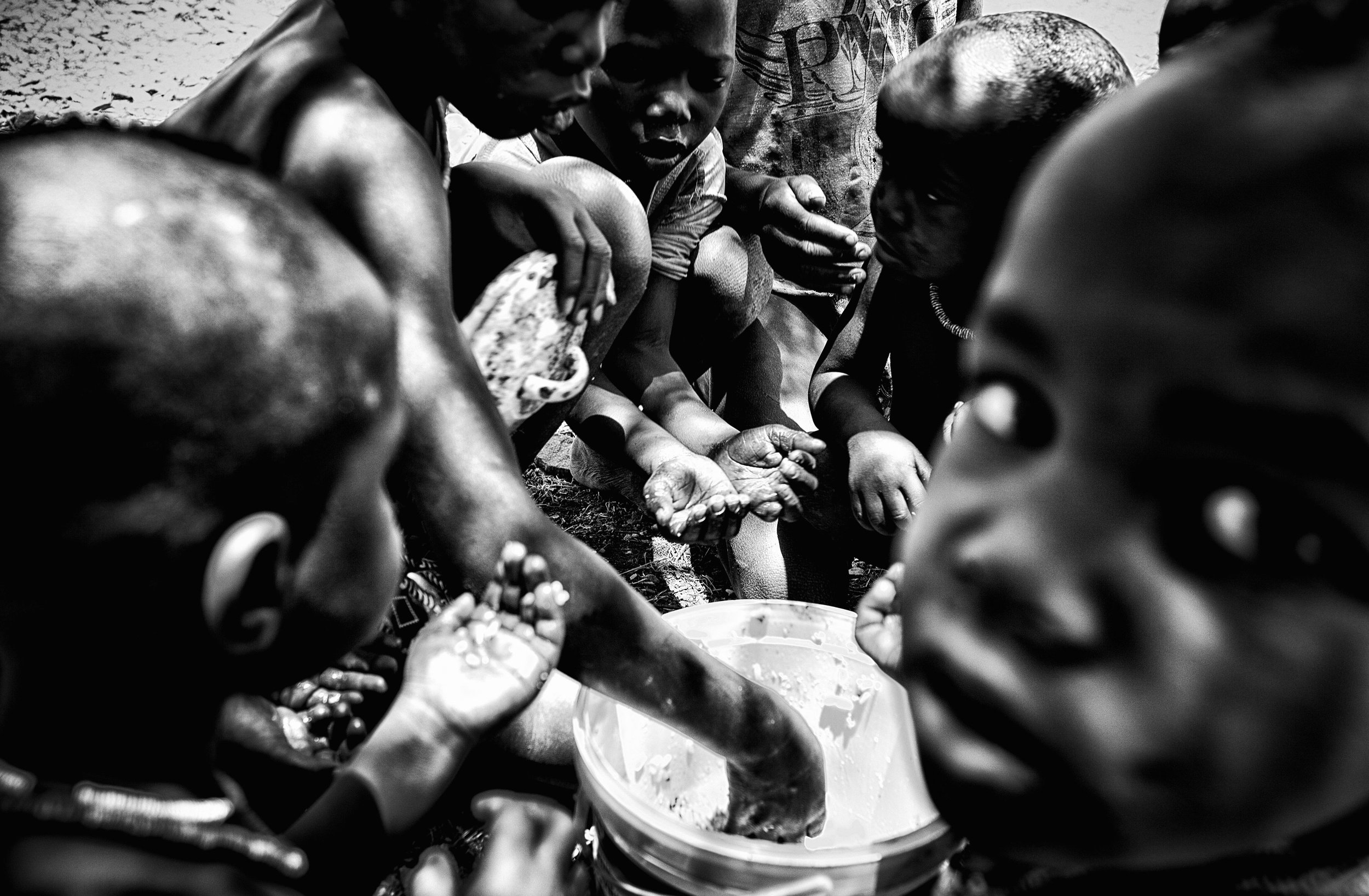
Children in a himba village, Namibia.
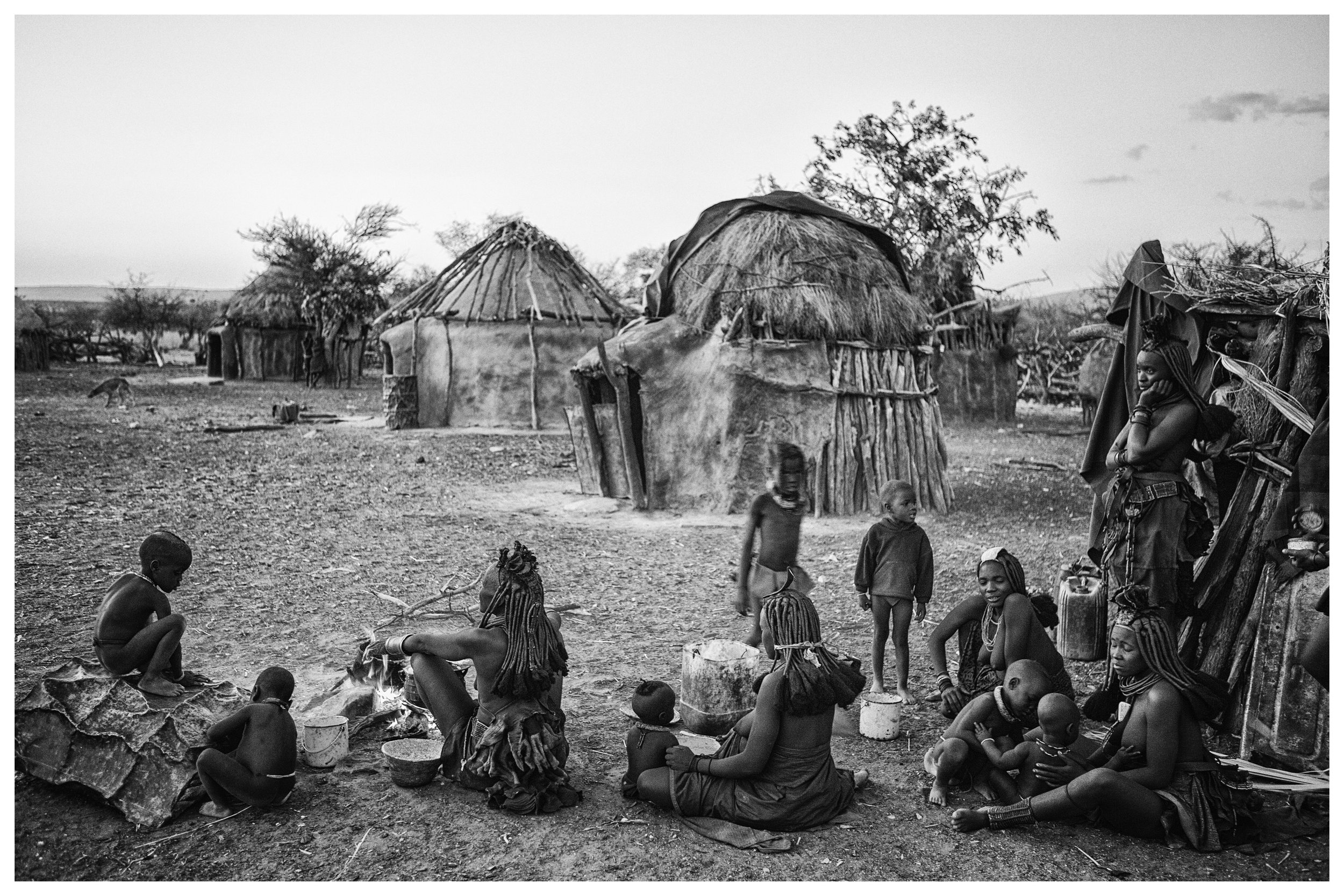
Himba village near skeleton coast.
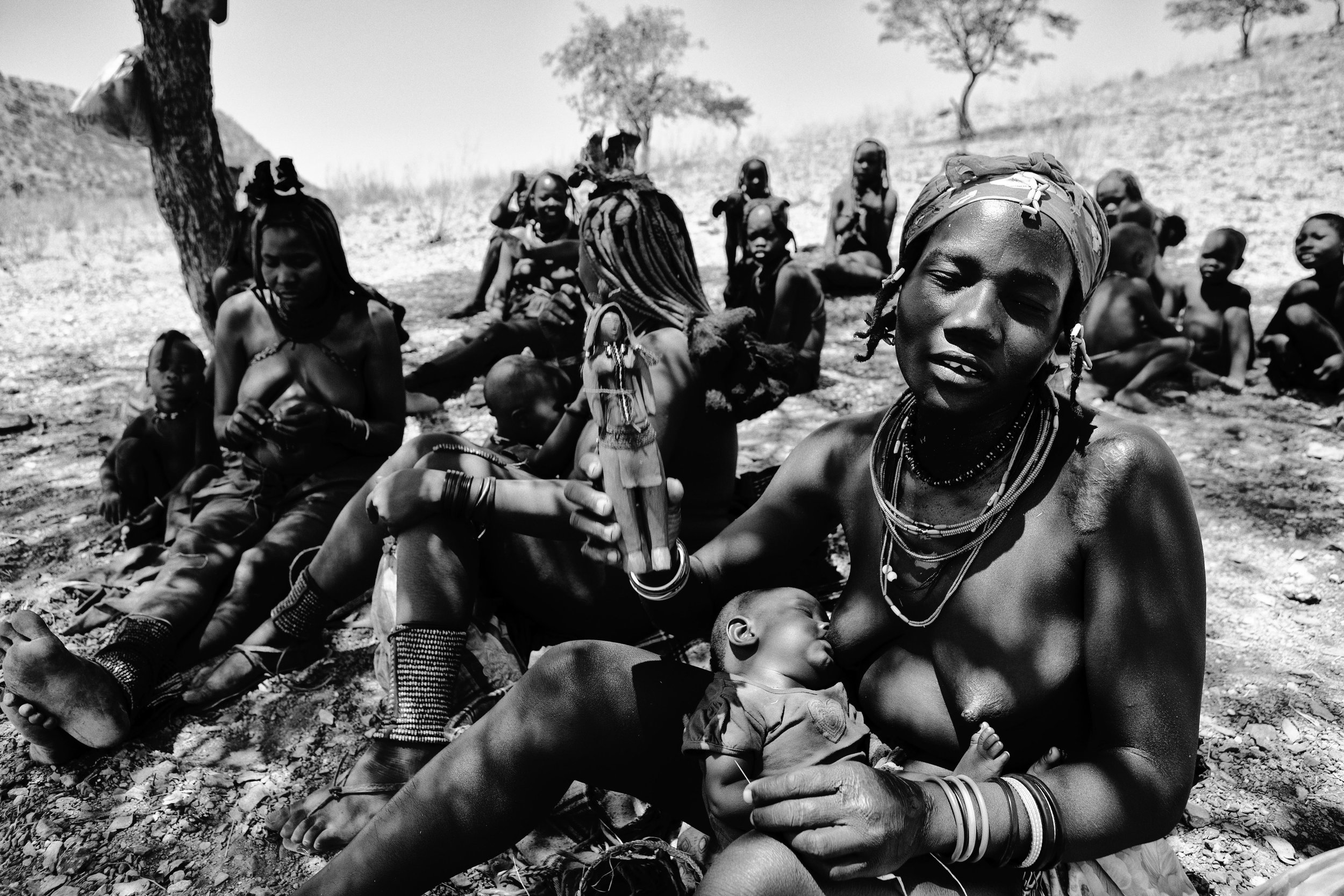
Women sell wood toys to tourists in a small village to the north east of Namibia in a remote area.
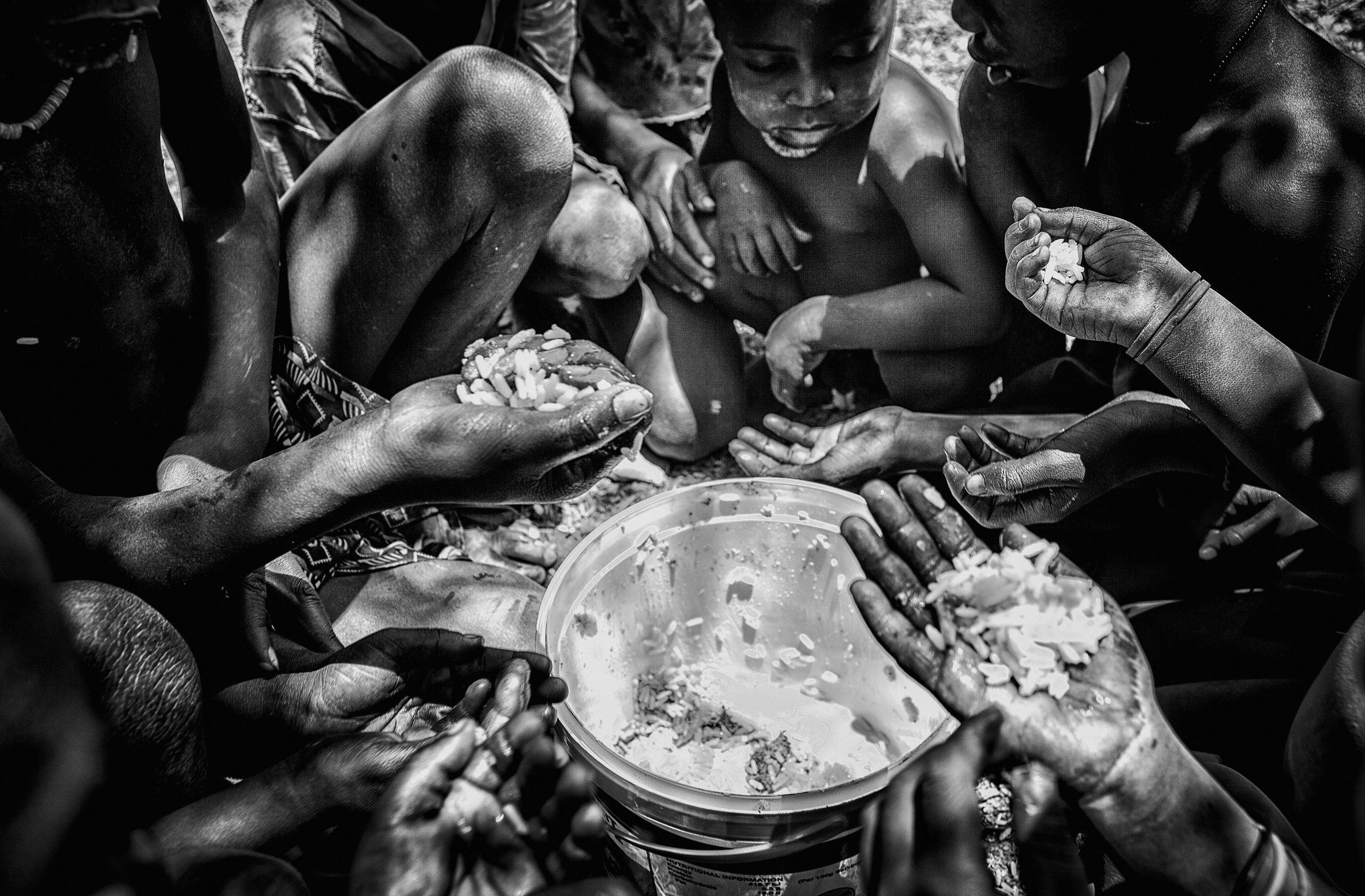
Children share rice from a pot given by a hotel owner during a extremely winter drought at the north east of Namibia.
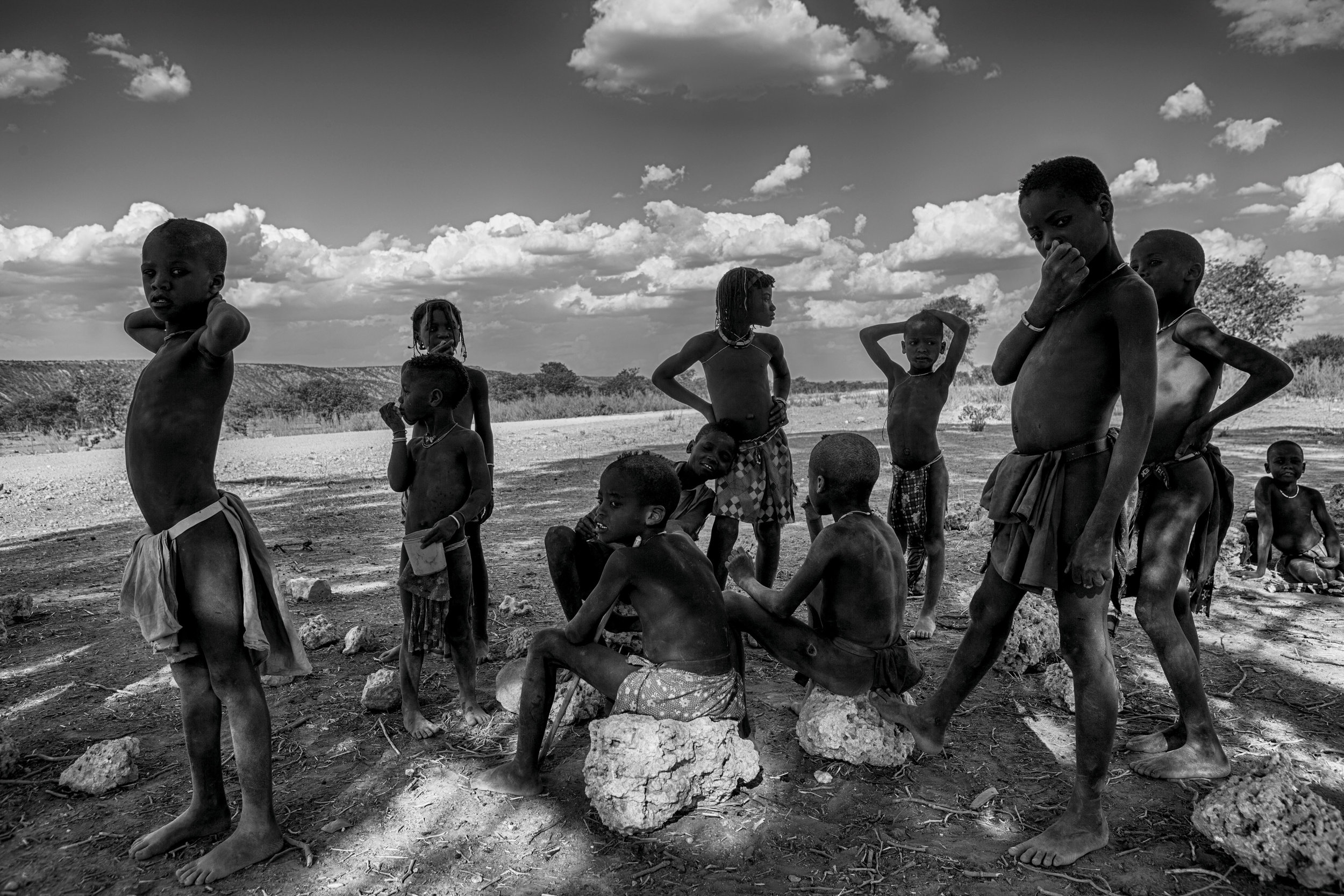
A group of young himbas covered by the shadow of trees in a hot day.

Sunset in Khomas farm land for game reserve of animals.
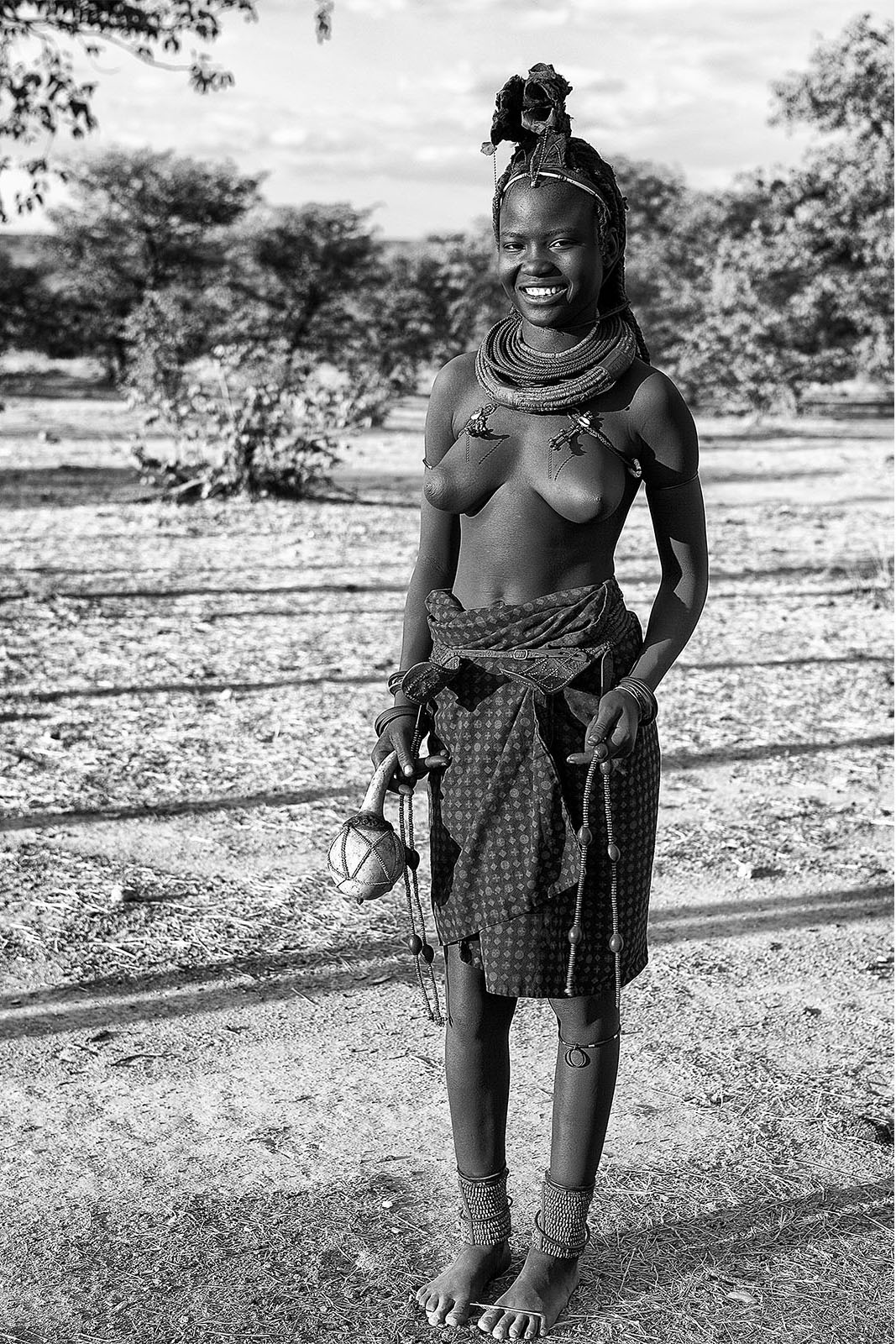
Young girl with a music instrument in her right hand for sing in ceremonies.
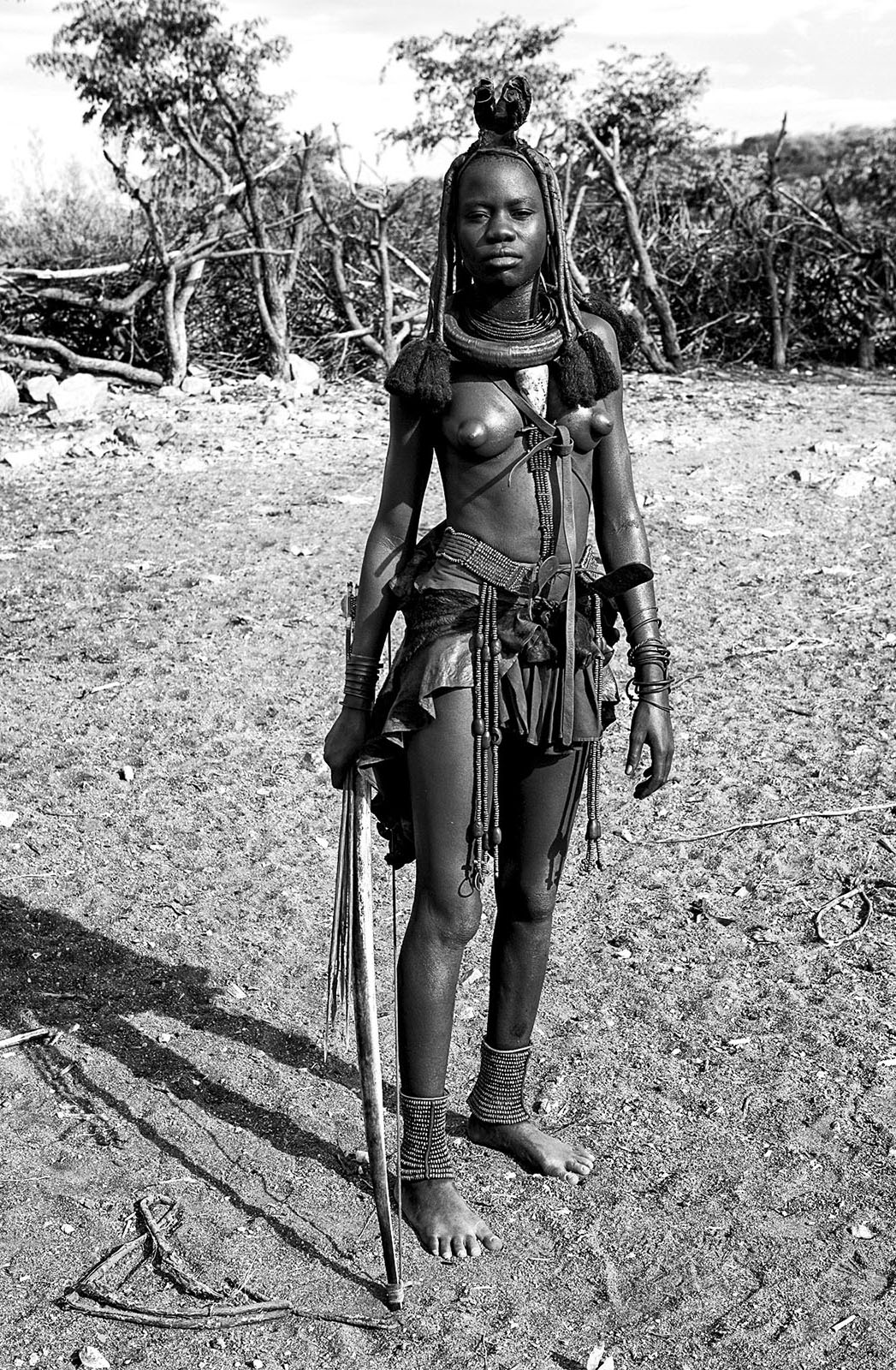
Young hunter himba girl in a remote village to the north east of Namibia. To reach this places it needed a special permit and hire a guide expert in routes. There is not gps or other travel system to avoid to¡he presence of tourism.
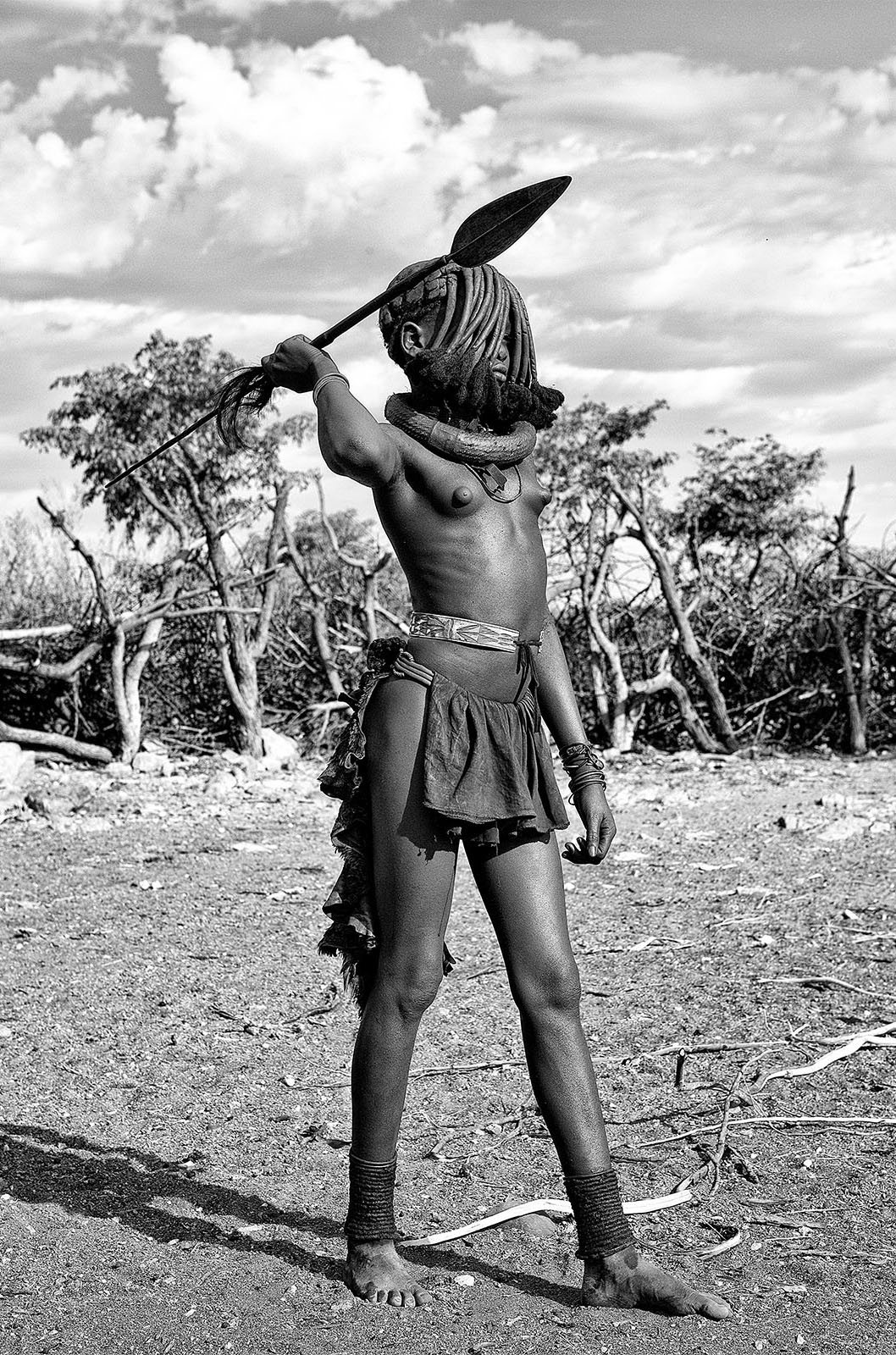
Young hunter girl in a remote village where himba people survive to the drought and far from the tourism route.
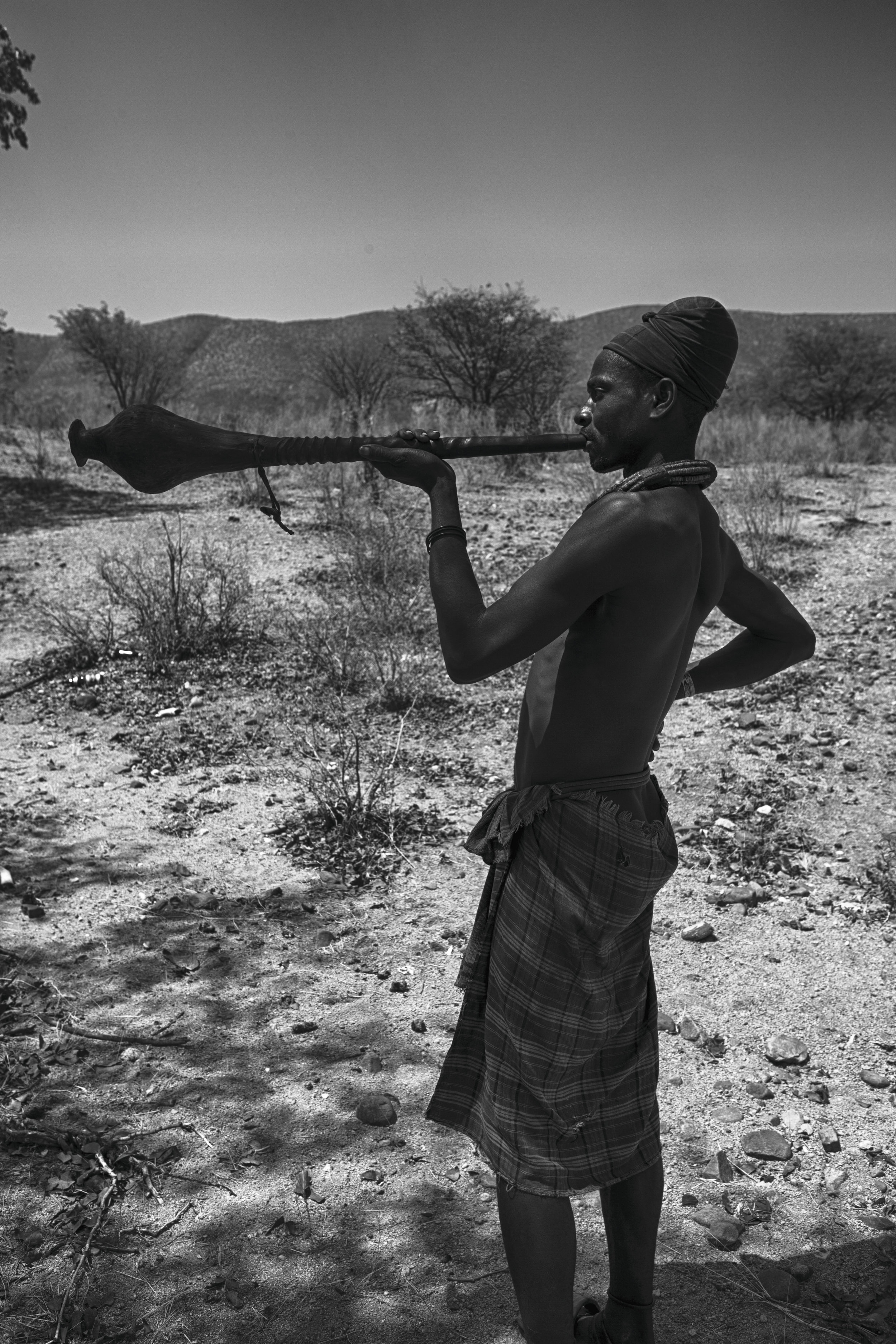
A young man with a ceremonial trumpet. Weeks before the married of a couple the singer and musicians announce the event.
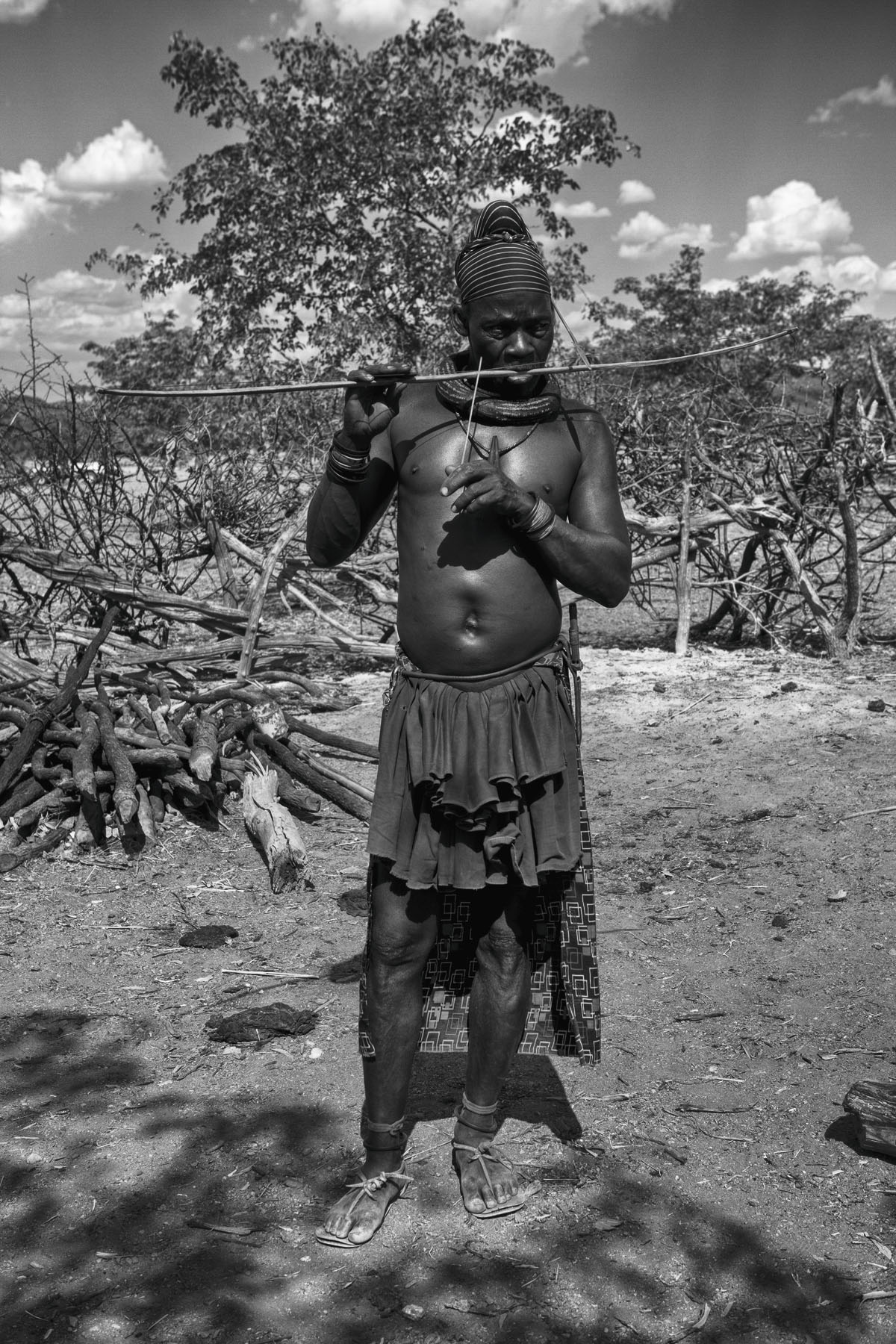
A himba man play a arch to find sounds and relax.
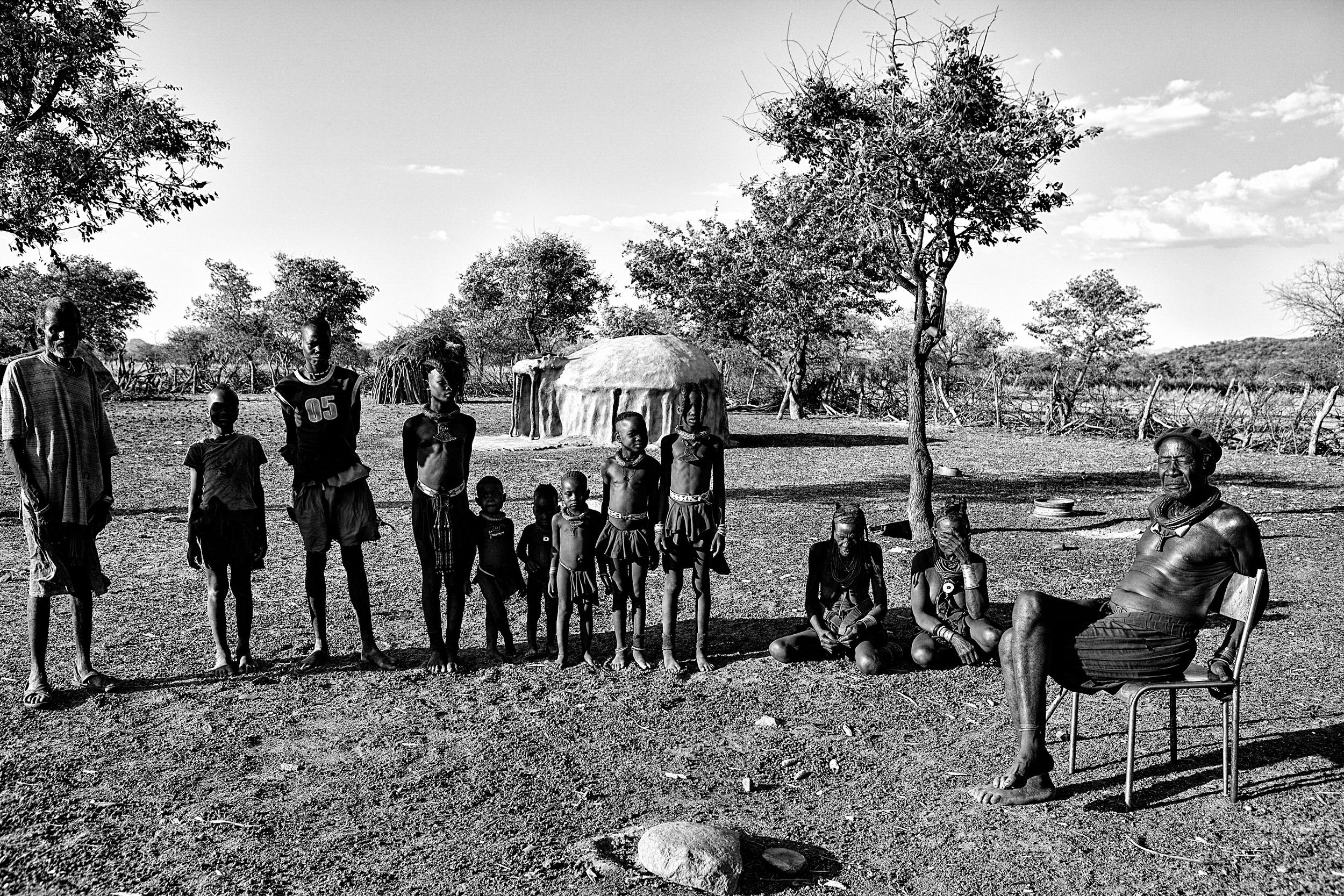
A chief and his family at a small village where they have the cattle. The chief usually is the oldest man of the village and any visitor must be ask for permit to enter, giving presents to him, like rice, and wheat flour. In 2006, televisions from Germany and Japan filmed documentaries about remote villages living in living with customs of centuries ago. As nomads, himba people are had been threated by other tribes. Tourism broken costumes giving batteries, tooth paste, t shirts, and diseases like AIDS.

A young girl with a wood toy.
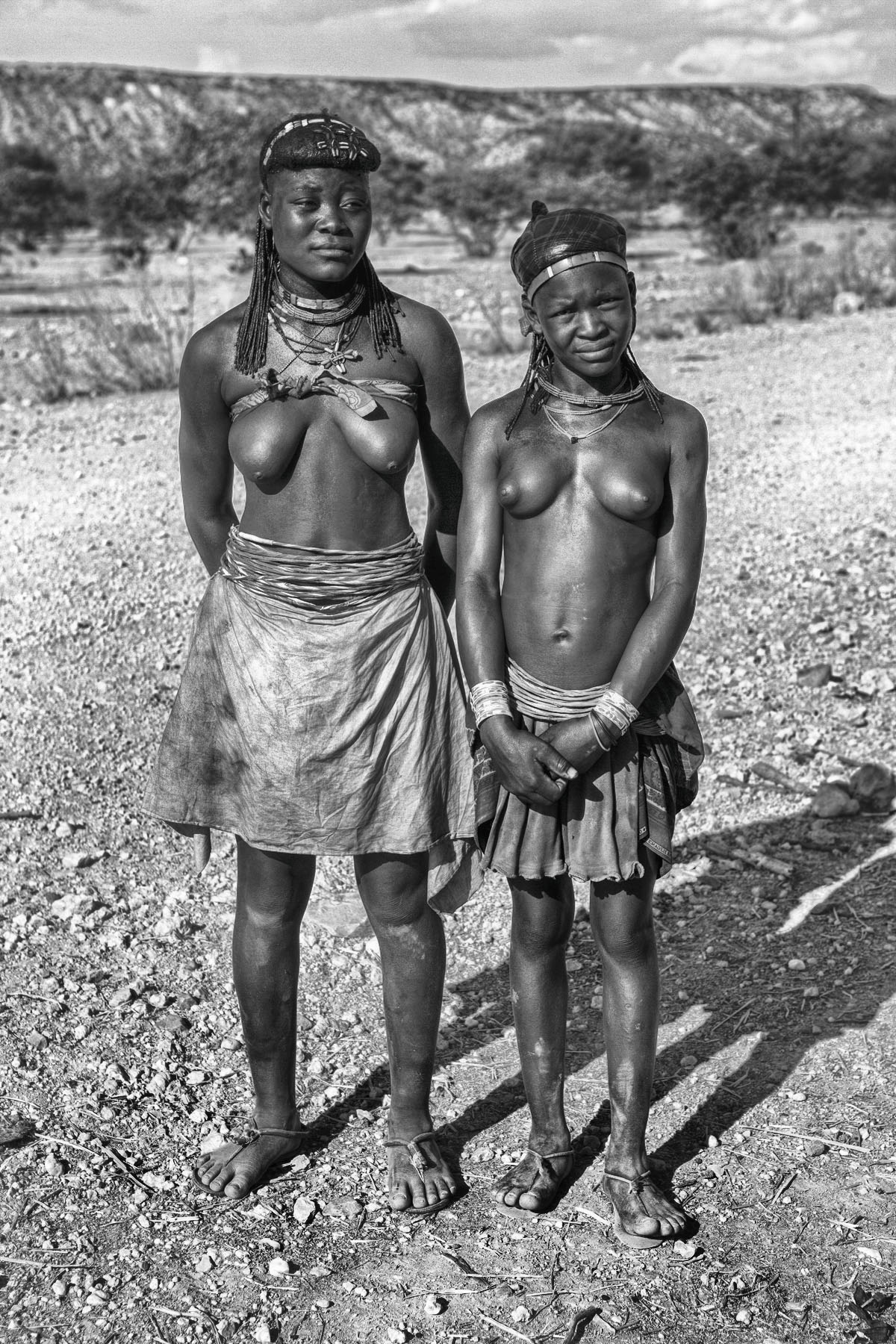
Mother and daughter of a himba family.
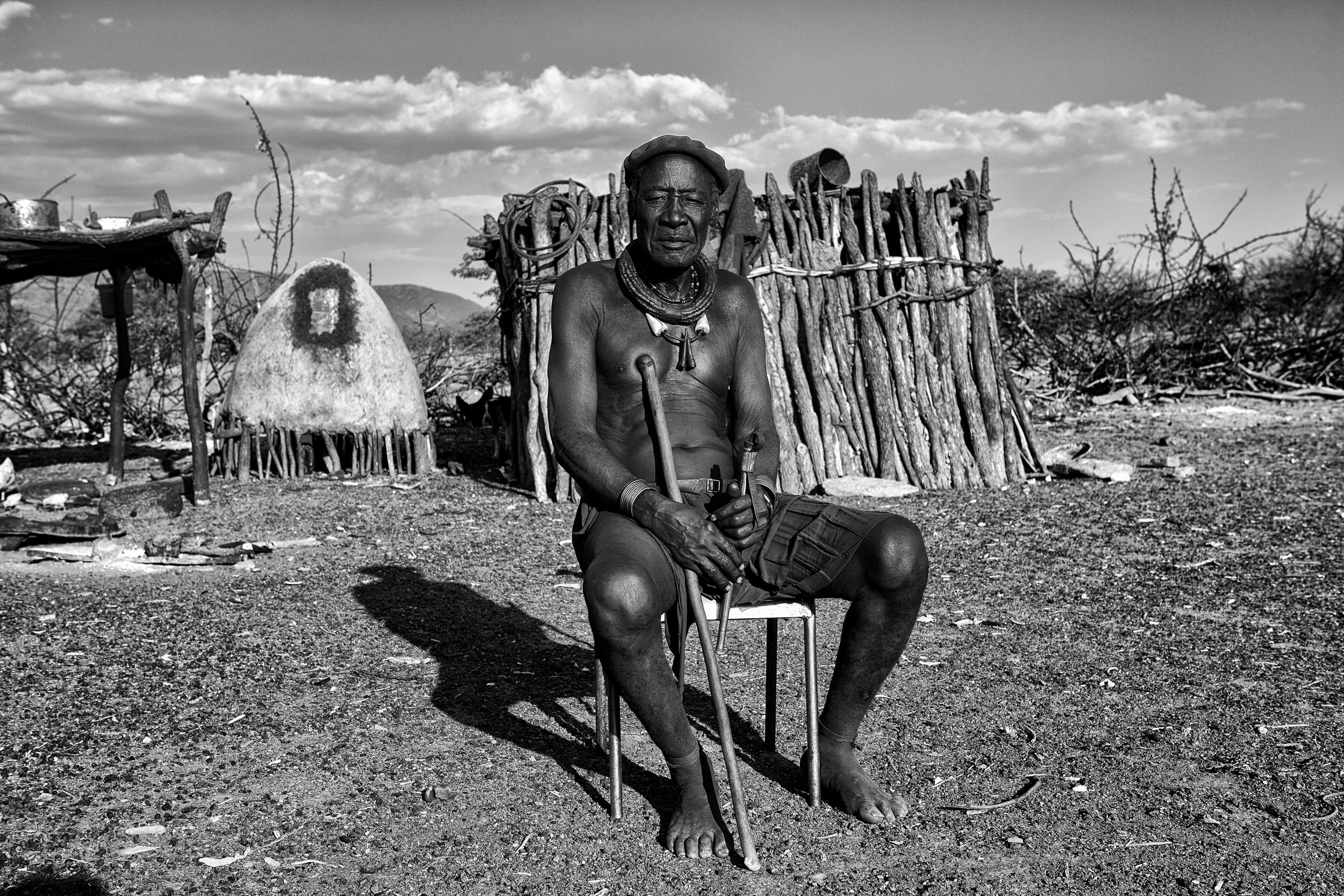
A chief of a remote village at the north east of Namibia.
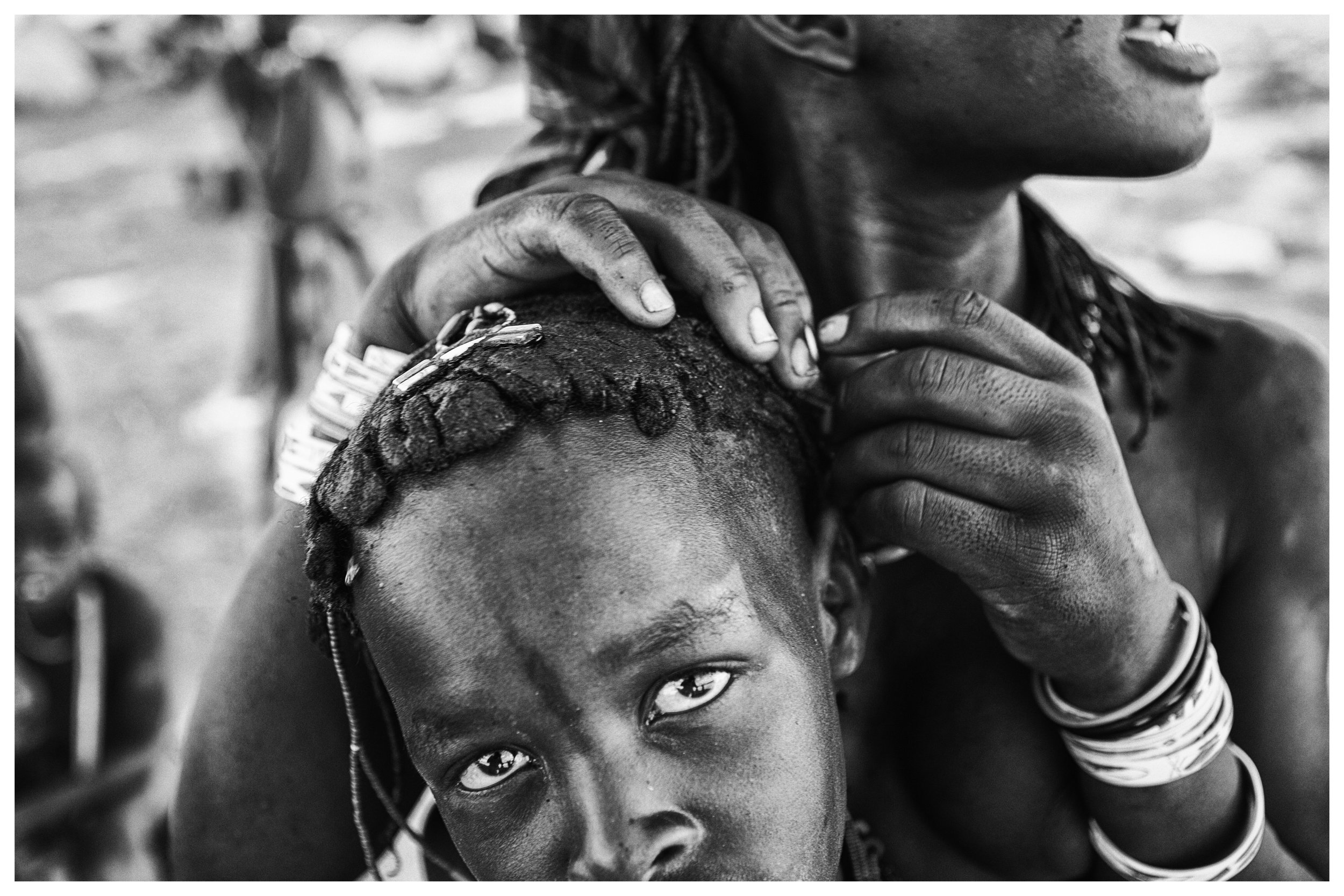
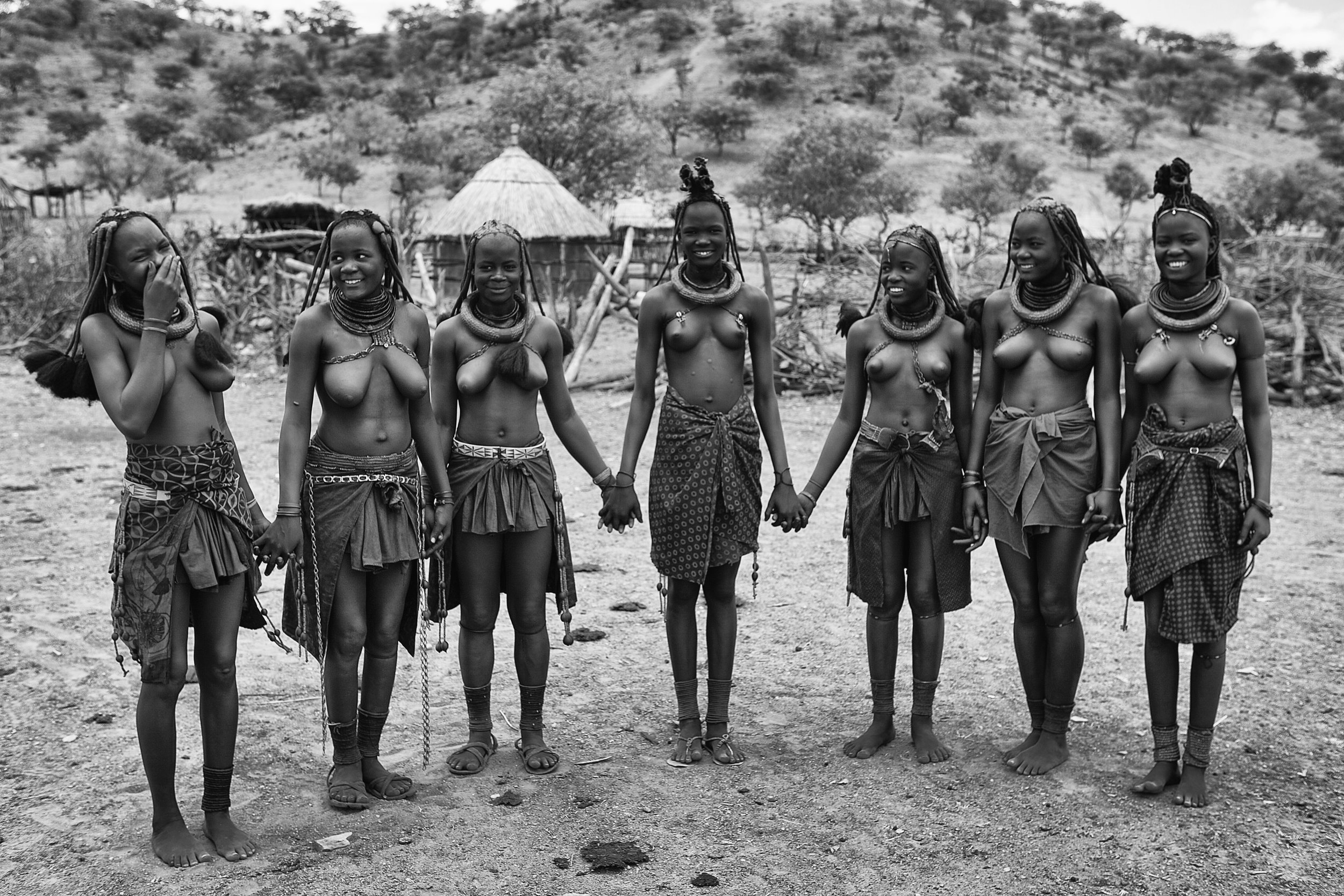
A group of young himba girls with the soon-to-be-married bride at a remote village in Namibia.
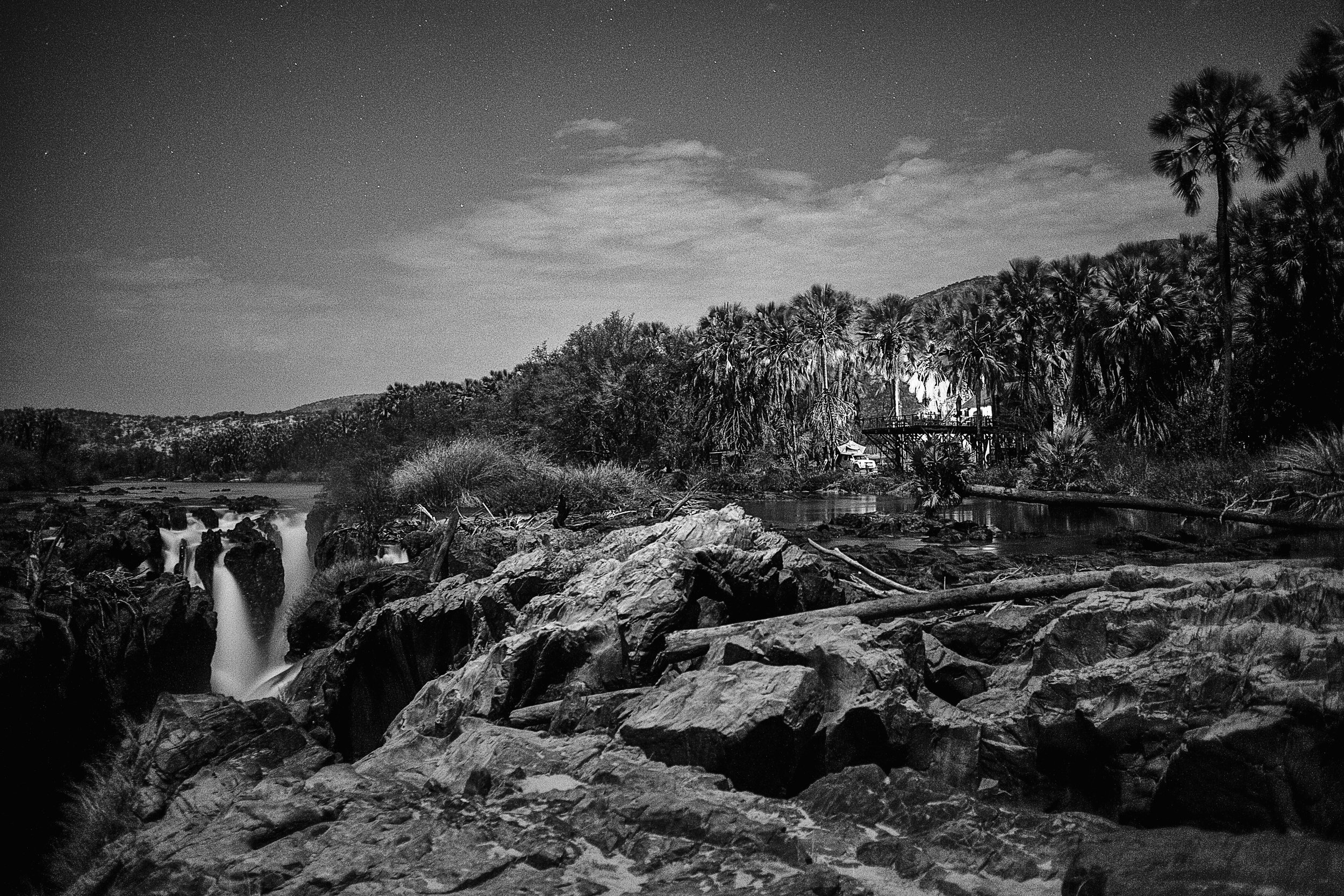
Epupa falls moonlight, mark the limit between Angola and Namibia. Many families lives in small villages at the borders. Years ago, the namibian government announced the building of a damn in the area.
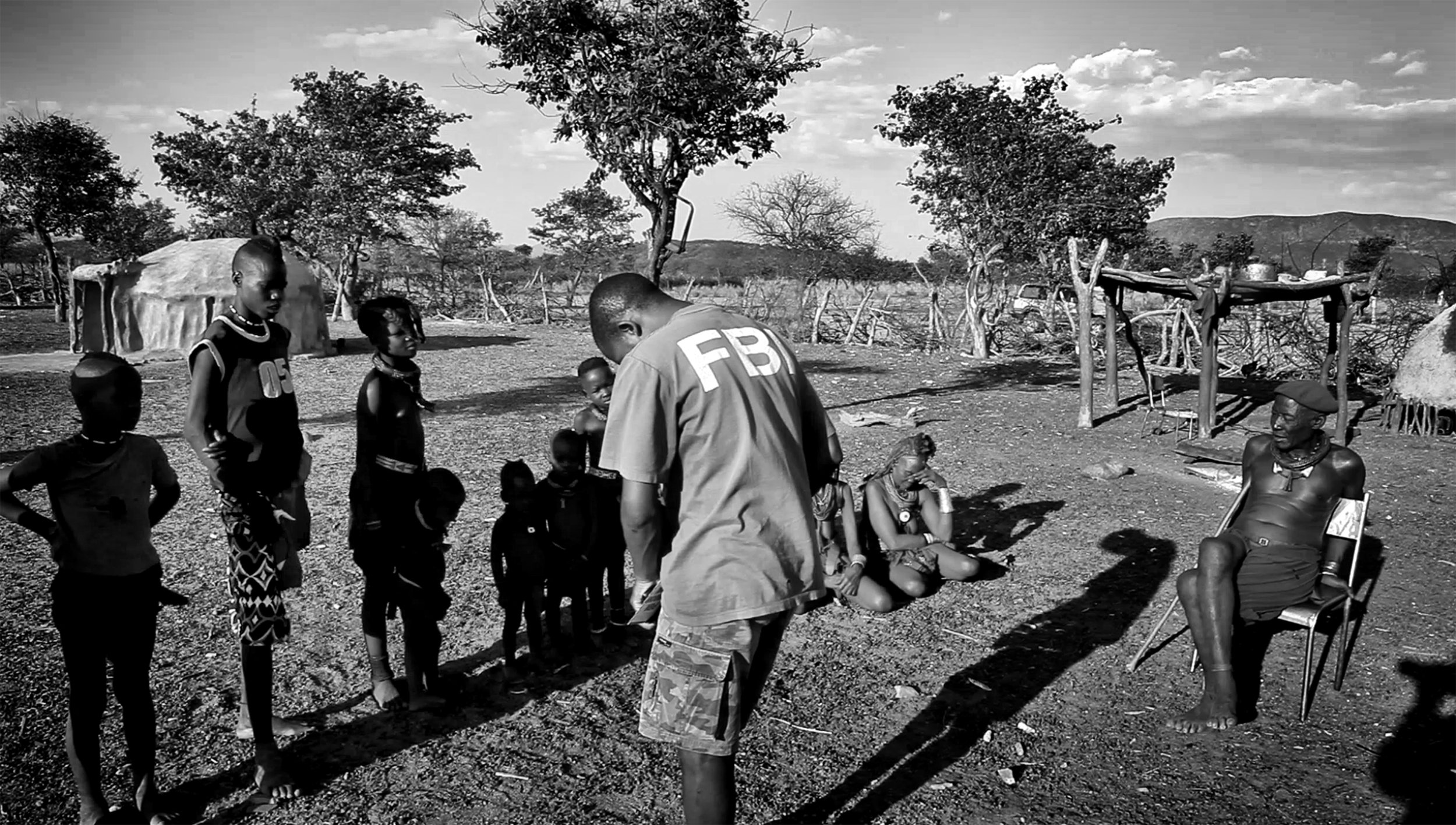
Remote village in Namibia.



















Children in a himba village, Namibia.
Himba village near skeleton coast.
Women sell wood toys to tourists in a small village to the north east of Namibia in a remote area.
Children share rice from a pot given by a hotel owner during a extremely winter drought at the north east of Namibia.
A group of young himbas covered by the shadow of trees in a hot day.
Sunset in Khomas farm land for game reserve of animals.
Young girl with a music instrument in her right hand for sing in ceremonies.
Young hunter himba girl in a remote village to the north east of Namibia. To reach this places it needed a special permit and hire a guide expert in routes. There is not gps or other travel system to avoid to¡he presence of tourism.
Young hunter girl in a remote village where himba people survive to the drought and far from the tourism route.
A young man with a ceremonial trumpet. Weeks before the married of a couple the singer and musicians announce the event.
A himba man play a arch to find sounds and relax.
A chief and his family at a small village where they have the cattle. The chief usually is the oldest man of the village and any visitor must be ask for permit to enter, giving presents to him, like rice, and wheat flour. In 2006, televisions from Germany and Japan filmed documentaries about remote villages living in living with customs of centuries ago. As nomads, himba people are had been threated by other tribes. Tourism broken costumes giving batteries, tooth paste, t shirts, and diseases like AIDS.
A young girl with a wood toy.
Mother and daughter of a himba family.
A chief of a remote village at the north east of Namibia.
A group of young himba girls with the soon-to-be-married bride at a remote village in Namibia.
Epupa falls moonlight, mark the limit between Angola and Namibia. Many families lives in small villages at the borders. Years ago, the namibian government announced the building of a damn in the area.
Remote village in Namibia.